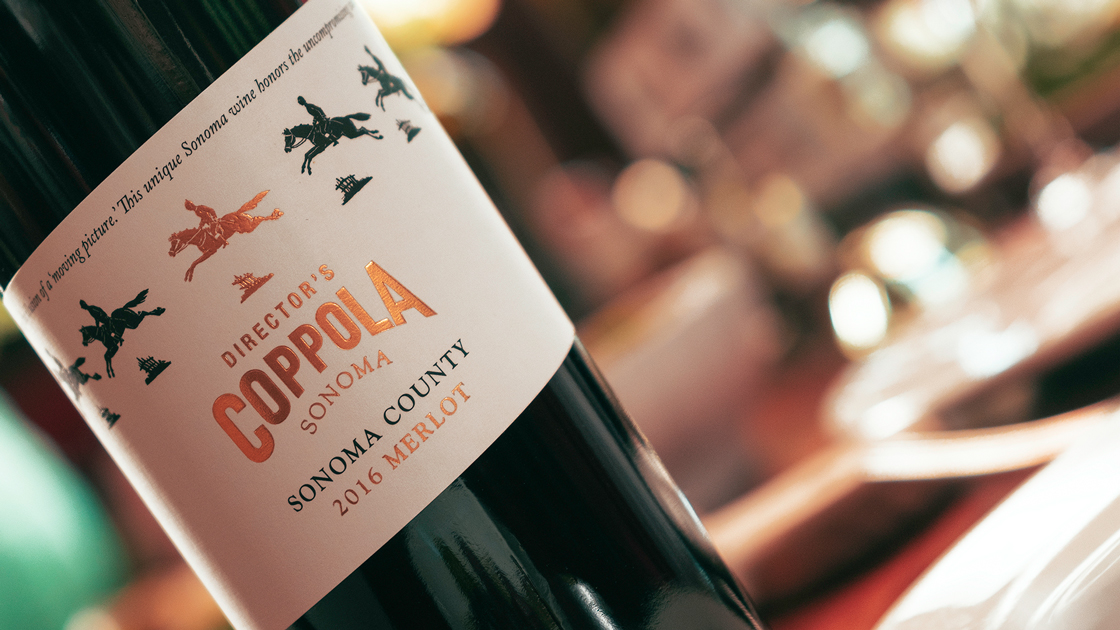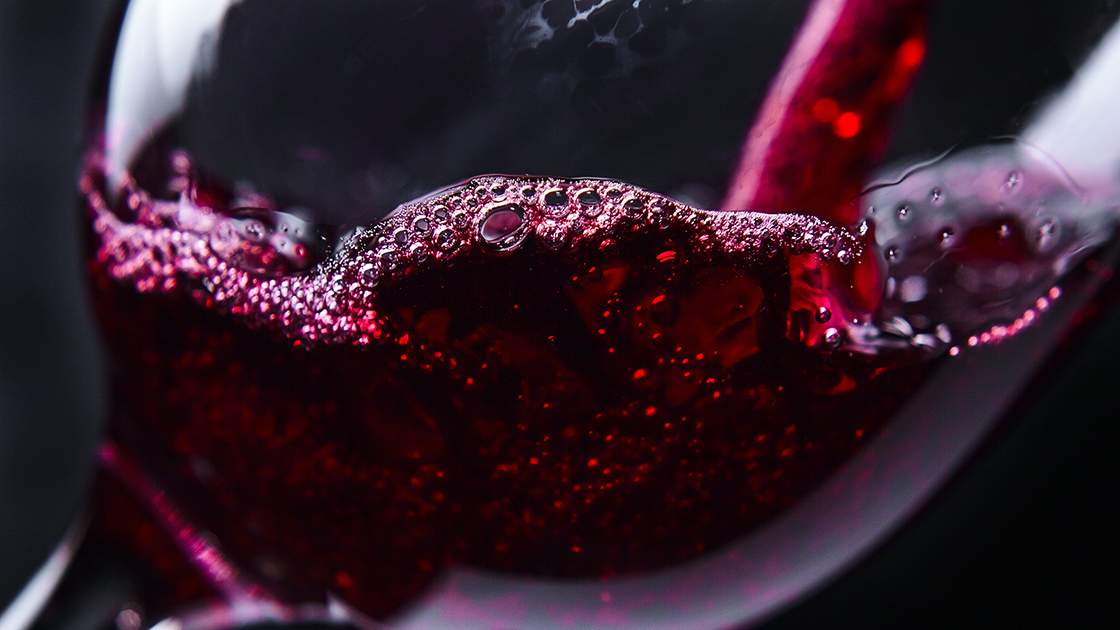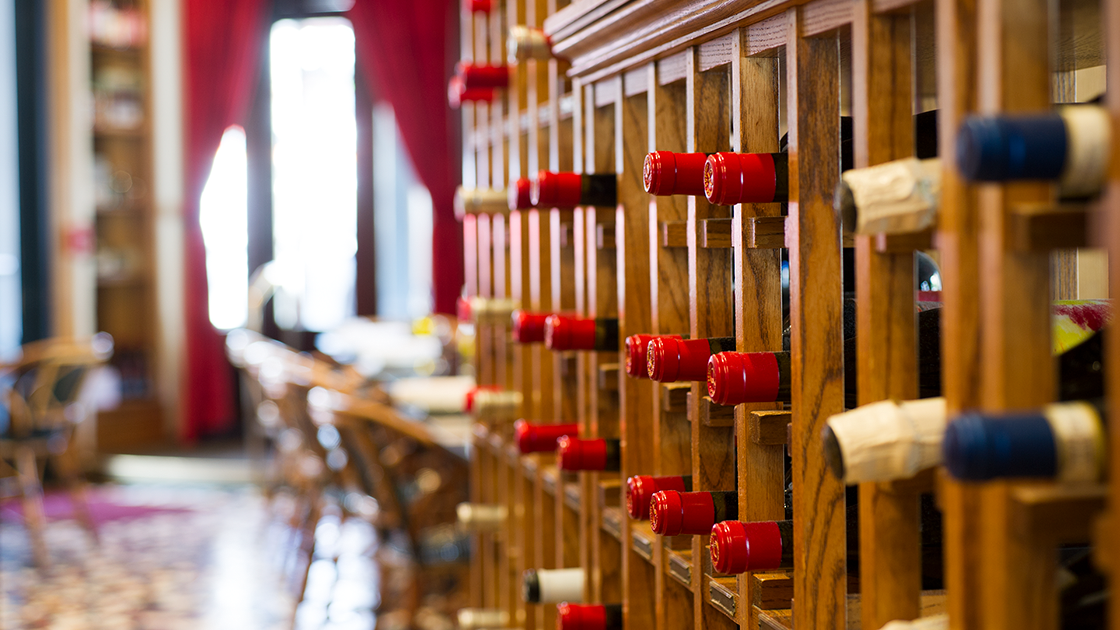Decoding a Wine Label at the Grocery Store
wine hacks
By Humberto Berlanga

More Than a Pretty Face
There is no denying that a wine's label is the first thing we notice. It is the face of a wine, yet even the most engaging image is more than a pretty face. A wine label is, in essence, a legal document.
Every word and image that goes onto a label is governed by regulations established and enforced by the Alcohol and Tobacco Tax and Trade Bureau (TTB). Winemakers are required to comply.
The name of a winery, a wine's brand name, must be unique and cannot be misleading. The name cannot include an area if it is not origin of the wine. American wine labels, for example, cannot include "Champagne" or "Beaujolais" because they are actual places in France.
The TTB does not simply take a producer's word for the accuracy of label information. Each detail must be supported by verifiable data, real-time records and machine calibrations, which have to be made available in the event of an audit. As long as a winemaker maintains accurate records, audits are straightforward and not cause for concern or alarm.
Generally, it takes from three to six months for a label to be created and approved, which is sometimes a challenge because a wine might still be in production, which means certain required details, such as percentage of alcohol, are not yet available.
Where the Money Comes in
The percentage of alcohol a wine contains is a crucial label element. Taxes are based on this percentage and the TTB allows only a very small variation between what is in the bottle and what is on the label. Winemakers must keep a close eye on alcohol measurements, though the TTB understands that it can be difficult to estimate the percentage of alcohol before a wine is ready for bottling.
Deconstructing a Label
Some wineries keep label details simple indicating just the facts. Such labels note the name of the winery, a proprietary name if there is one, the variety of grape, the appellation, the year of production--i.e., vintage--and the amount of alcohol. Required governmental health warnings are typically placed on the back label of a wine.
A proprietary name may be given to a wine instead of calling it by its varietal. Sometimes both are listed on a label. The Family Coppola has several proprietary names, from Roxanne, a Vermentino in our Storytellers series, to Archimedes, the Francis Ford Coppola Winery flagship wine, a luxurious Cabernet Sauvignon named in honor of Francis Ford Coppola's uncle.
At The Family Coppola, we get very creative with our labels and the placement of both required and allowable information. We play with shape, arrangement of information and, frequently, include stories about a wine and its inspiration.
Regulations also govern the use of varietal names. To call a wine Cabernet Sauvignon or Sauvignon Blanc, for example, 75 percent of a wine must come from the named varietal. This regulation applies to all varietal names. If a dominant wine is blended with other varietals, they are typically noted on the back label.
Place & Name
Geographic names are also governed by regulations. If, for example, a wine label states "Sonoma Coast," a winemaker must have documentation that at least 85 percent of the grapes were grown there. These place names are known casually as appellations, and, officially, in the United States, as American Viticultural Areas, or AVAs. A viticultural area may be as small as, say, Rockpile, with fewer than 200 acres of grapes, and as large as Northern Sonoma, with 329,000 acres under vine. Most vineyards exist within several AVAs. Whatever designation a winemaker chooses, the vast majority of grapes must be grown in that place.
Virginia Dare Pinot Noir is identified as being from the Russian River Valley AVA and more than 85 percent of the grapes used to make this top-shelf wine are from the region, recognized as one of the finest areas in the entire world to grow Pinot Noir. This wine has an excellent quality for expensive grapes at little cost for the bottle.
"Estate" is another designation that you'll often find on a wine's label and it, too, is regulated. To be an estate wine, 100 percent of the grapes must be grown in a vineyard owned or controlled by the winery and must be processed at the winery.
To designate a specific vineyard on a wine's label, 95 percent of the grapes must come from that vineyard.



